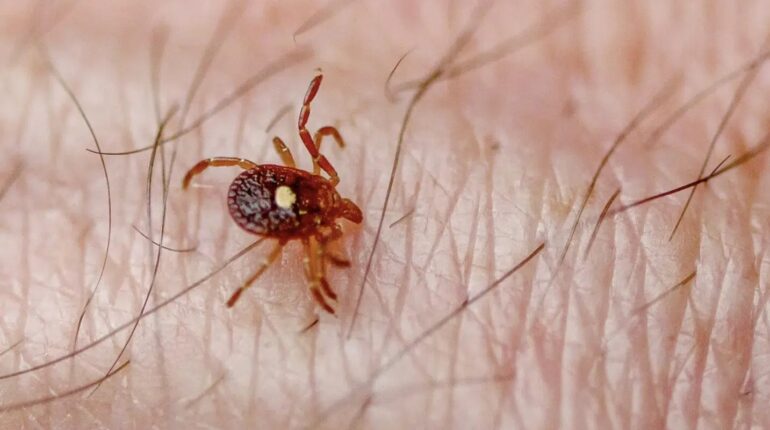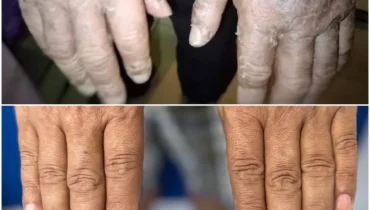📌 Lone Star Tick Bite: Symptoms, Removal & Prevention Guide

Posted 19 August 2025 by: Admin
One tiny bite can turn a calm backyard day into panic mode. Lone star ticks aren’t just creepy—they’re hunters that carry real risks. Here’s what you need to know.
A few weeks ago, I was battling my stubborn old lawnmower while Mochi, my golden retriever, lounged peacefully in the shade of our oak tree.
Mid-mow, I felt a strange itch on my ankle—more than a mosquito bite. Looking down, I spotted it: a tiny black speck clinging to my skin. A lone star tick, instantly recognizable by the white dot on its back.
I can handle mosquitoes and even bee stings, but ticks? They send me into a full-blown panic. This was my first encounter, and of course, it had to be the notorious lone star tick.
What Makes the Lone Star Tick So Creepy?
Unlike other ticks that wait for a host, lone star ticks actively hunt. The female’s white spot gives them their name, but their relentless pursuit is what makes them terrifying.
Yes, they literally chase you. If you spend time outdoors, especially in grassy or wooded areas, stay vigilant.
Don’t Panic (Even If I Did)
I wish I could say I kept calm—but I freaked out. The right move? Act quickly and carefully:
- Use fine-tipped tweezers to remove the tick close to the skin.
- Pull slowly upward—no twisting or yanking.
- Clean the area with soap, water, or rubbing alcohol.
- Never crush a tick with bare fingers.
Save the Tick and Watch the Spot
Don’t throw the tick away. Save it in a container or tape it to a card. Note the date and bite location. Over the next weeks, watch for signs like:
- Redness or rash
- Fatigue or fever
- Muscle aches
If any appear, call your doctor immediately.




















